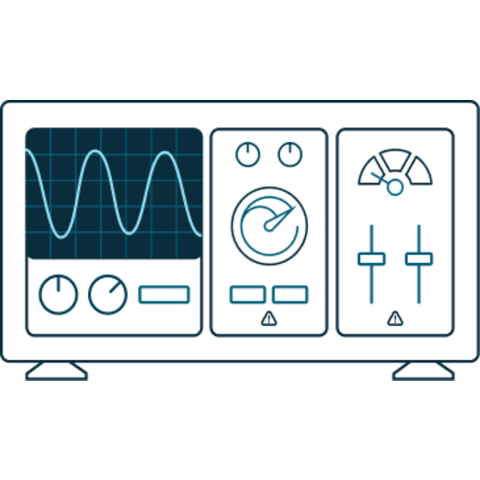Focus Microwaves - Manual Wideband Tuners 0.4-18GHz
Discover Focus Microwaves' versatile MMT series of manual tuners, offering octave and multi-octave bands from 400MHz to 18GHz. With the same RF technology and precision as our automatic tuners, they ensure high VSWR at the DUT reference plane for reliable performance. Enhance harmonic tuning with options -H2 and -H23, inspired by our harmonic rejection tuners (PHT). Experience precision in manual tuning with Focus Microwaves.
|
Model |
Min Frequency |
Max Frequency |
Datasheet |
|---|---|---|---|
|
MMT1804 |
0.4 GHz |
18 GHz |
|
|
MMT1808 |
0.8 GHz |
18 GHz |
|
|
MMT304 |
0.4 GHz |
3 GHz |
|
|
MMT306 |
0.6 GHz |
3 GHz |
|
|
MMT308 |
0.8 GHz |
3 GHz |
|
|
MMT316 |
1.6 GHz |
3 GHz |
|
|
MMT606 |
0.6 GHz |
6 GHz |
|
|
MMT704 |
0.4 GHz |
7 GHz |
|
|
MMT708 |
0.8 GHz |
7 GHz |
|
|
MMT716 |
1.6 GHz |
7 GHz |
|
|
MMT808 |
0.8 GHz |
8 GHz |
More Product Information
-
High SNR mode (up to 24 dB better signal-to-noise ratio)
-
Low-noise binning mode
-
Smear reduction
-
Shading correction
-
Area of interest (AOI), separate AOI for auto features
-
Binning
-
Decimation
-
Auto gain (manual gain control: 0 to 24 dB)
-
Auto exposure (27 µs to 67 s)
-
Auto white balance
-
Look-up table (LUT)
-
Hue, saturation, color correction
-
Reverse X
-
Deferred image transport
-
Trigger programmable, level, single, bulk, programmable delay
-
Sequence mode (changes the camera settings on the fly)
-
SIS (secure image signature, time stamp for trigger, frame count)
-
Storable user sets

-
Auto gain (manual gain control: 0 to 22 dB)
-
Auto exposure (manual exposure control: 100 µs to 1 s, 1 µs increments)
-
Binning (horizontal and vertical) (sum)
-
Decimation X/Y
-
Enhanced Defect Pixel Correction (DPC)
-
Fixed Pattern Noise Correction (FPNC)
-
Gamma correction
-
Three look-up tables (LUTs)
-
Region of interest (ROI)
-
EF lens control (order option -18)
-
Event channel
-
Image chunk data
-
IEEE 1588 Precision Time Protocol (PTP)
-
RS232
-
Storable user sets
-
StreamBytesPerSecond (bandwidth control)
-
Stream hold
-
Sync out modes: Trigger ready, input, exposing, readout, imaging, strobe, GPO
-
Temperature monitoring (main board and sensor board)
-
Trigger over Ethernet (ToE) Action Commands
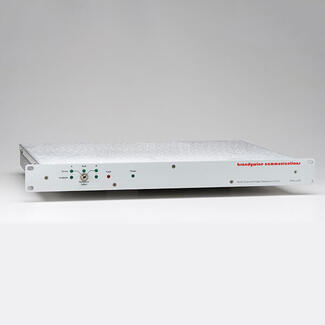
- Wide Input Bandwidth
- Input Isolation
- Automatic & Manual Changeover
- Transformer Coupled Outputs
- Twenty four Outputs
- Front Panel Status Indicators
- Fault Discrete Inputs
- Compact 1U, 19” rack mount
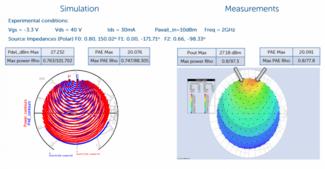
The Focus Compact Model (FCM) utility is a streamlined software package designed to be used with Focus’ AURIGA high-end Pulsed-IV system
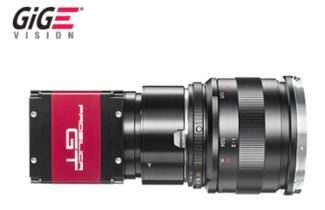
-
High spatial resolution
-
IEEE 1588 PTP
-
Power over Ethernet
-
Defect pixel masking
-
Monochrome (GT6400) and color (GT6400C) models
-
Screw mount RJ45 Ethernet connector for secure operation in industrial environments
-
Supports cable lengths up to 100 meters (CAT-6 recommended)
-
Trigger over Ethernet Action Commands allow for a single cable solution to reduce system costs
-
Comprehensive I/O functionality for simplified system integration
-
Planarity adjusted (PA) EF Lens Mount (option -18) for electronic control of aperture and autofocus
-
Easy camera mounting via standard M3 threads at all sides and 1/4-20 tripod mounting hole
-
Defect pixel masking feature with the Defect Mask Loader tool that allows you to manage a user defined defective pixel list to match your application and optimize the life cycle of the camera.
-
Easy software integration with Allied Vision's Vimba Suite and compatibility to the most popular third party image-processing libraries.
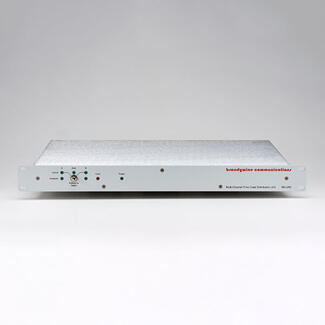
- Wide Input Bandwidth
- Input Isolation
- Automatic & Manual Changeover
- Transformer Coupled Outputs
- Twenty four Outputs
- Front Panel Status Indicators
- Fault Discrete Inputs
- Compact 1U, 19” rack mount
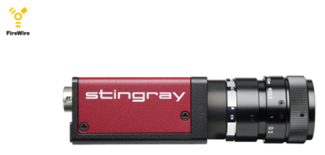
-
High SNR mode (up to 24 dB better signal-to-noise ratio)
-
Low-noise binning mode
-
Shading correction
-
Defect pixel correction
-
Area of interest (AOI), separate AOI for auto features
-
Binning
-
Decimation
-
Auto gain (manual gain control: 0 to 24.4 dB)
-
Auto exposure (74 µs to 67 s)
-
Auto white balance
-
Look-up table (LUT)
-
Hue, saturation
-
Color correction
-
Local color anti-aliasing
-
Reverse X/Y
-
Deferred image transport
-
Trigger programmable, level, single, bulk, programmable delay
-
Sequence mode (changes the camera settings on the fly)
-
SIS (secure image signature, time stamp for trigger, frame count etc.)
-
Storable user sets
- Camera and IEEE 1394b cable (other configurations on request)
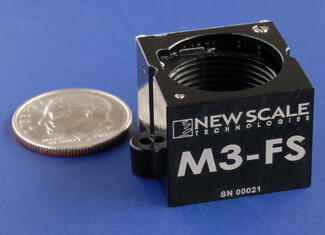
- Tiny “all-in-one” solution: no external control board needed
- Superior image quality: sub-micron lens movement with very low tilt. Now with higher dynamic stability
- Low voltage & power: 3.3 VDC input, zero power position hold
- Simple system integration: accepts high-level motion commands over standard serial interface (I2C or SPI)
- Flexible, production-ready system: compatible with M8 to M16 lenses and with typical image formats from 1/3” to 1/1.8”
- Lowest cost, fastest time to market: Fully-engineered “plug and play” solution
-
Auto gain (manual gain control: 0 to 32 dB)
-
Auto exposure (manual exposure control: 10 µs to 26.8 s)
-
Auto white balance (GT3300C only)
-
Binning (horizontal and vertical)
-
Color correction, hue, saturation (GT3300C only)
-
Column defect masking
-
Decimation X/Y
-
Gamma correction
-
Three look-up tables (LUTs)
-
Region of interest (ROI), separate ROI for auto features
-
Reverse X/Y
-
P-Iris and DC-Iris lens control
-
Event channel
-
Image chunk data
-
IEEE 1588 Precision Time Protocol (PTP)
-
RS232
-
Storable user sets
-
StreamBytesPerSecond (bandwidth control)
-
Stream hold
-
Sync out modes: Trigger ready, input, exposing, readout, imaging, strobe, GPO
-
Tap mode switchable in Vimba Viewer 2.0 or later (four-tap, one-tap)
-
Temperature monitoring (main board and sensor board)
-
Trigger over Ethernet (ToE) Action Commands
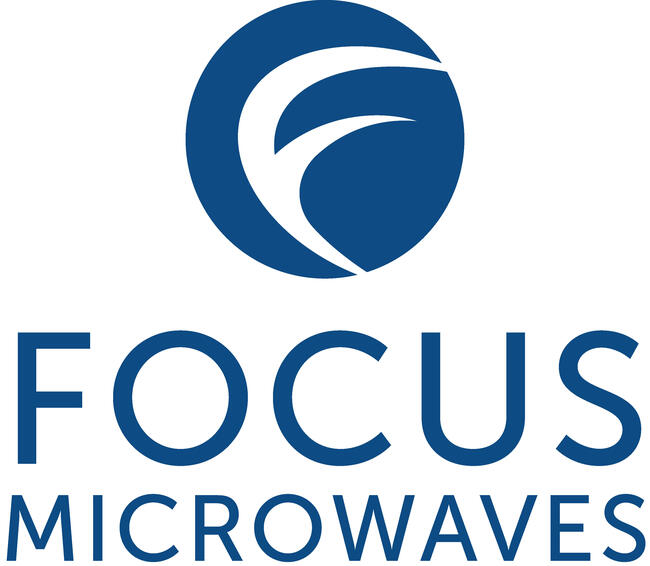
Focus Microwaves
Focus Microwaves is a pioneering engineering company, built around the innovations of its founder Dr. Christos Tsironis who developed his first manual tuner in 1973 and is the inventor of most existing electro-mechanical tuner families. The success of Focus is based on the engineering and manufacturing skills of its highly motivated and experienced team of engineers and technicians, who have been trained and encouraged to develop new technologies. In addition, listening to our customers needs and insights helps us discover and develop new and measurement methods on an ongoing basis, relentlessly pushing the limits of what is possible.
From humble beginnings in 1988, Focus has become the main supplier of advanced Load Pull and Noise Tuner Systems. Our mission is to provide effective, reliable and innovative solutions for non-50 Ohm testing (Noise and Load Pull) of RF microwave transistors, thus enabling our customers to compete in the marketplace with better designs and to advance the understanding and knowledge of the field.
Contact Details
Focus Microwaves Inc. Main Head Office
4555 Chem. du Bois-Franc, Saint-Laurent, QC H4S 1A8, Canada
Phone: +1-514-684-4554
Test & Measurement

